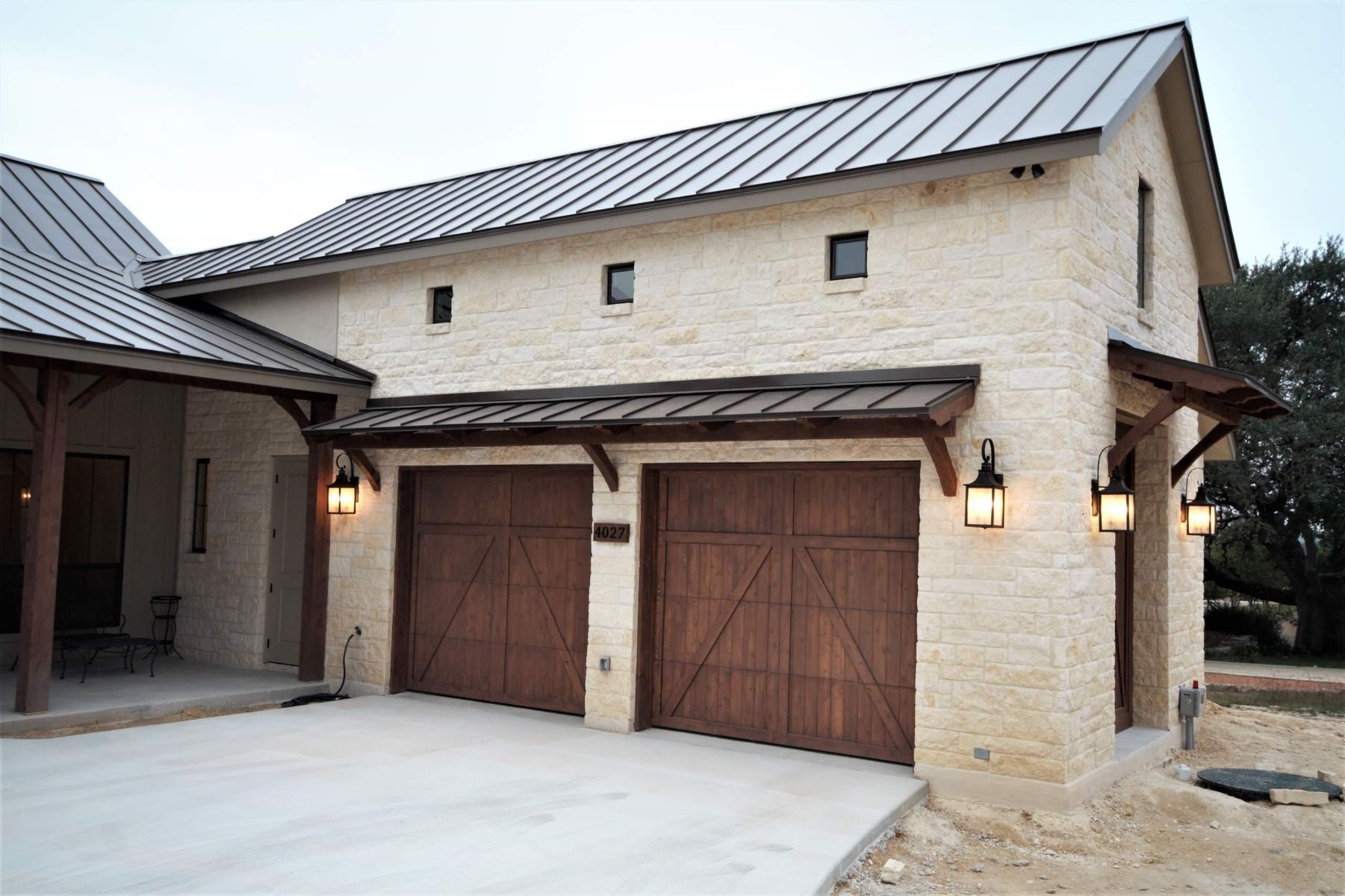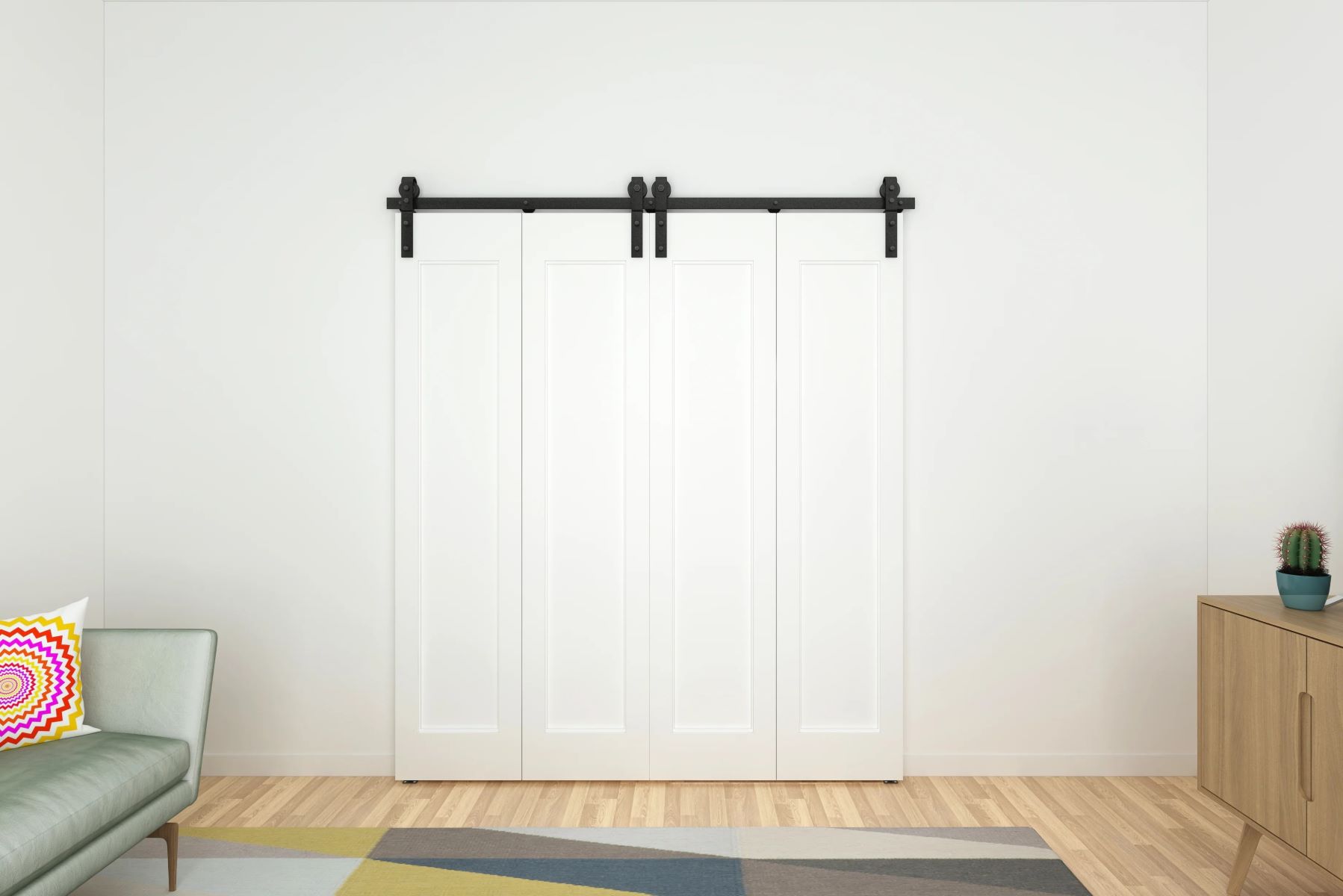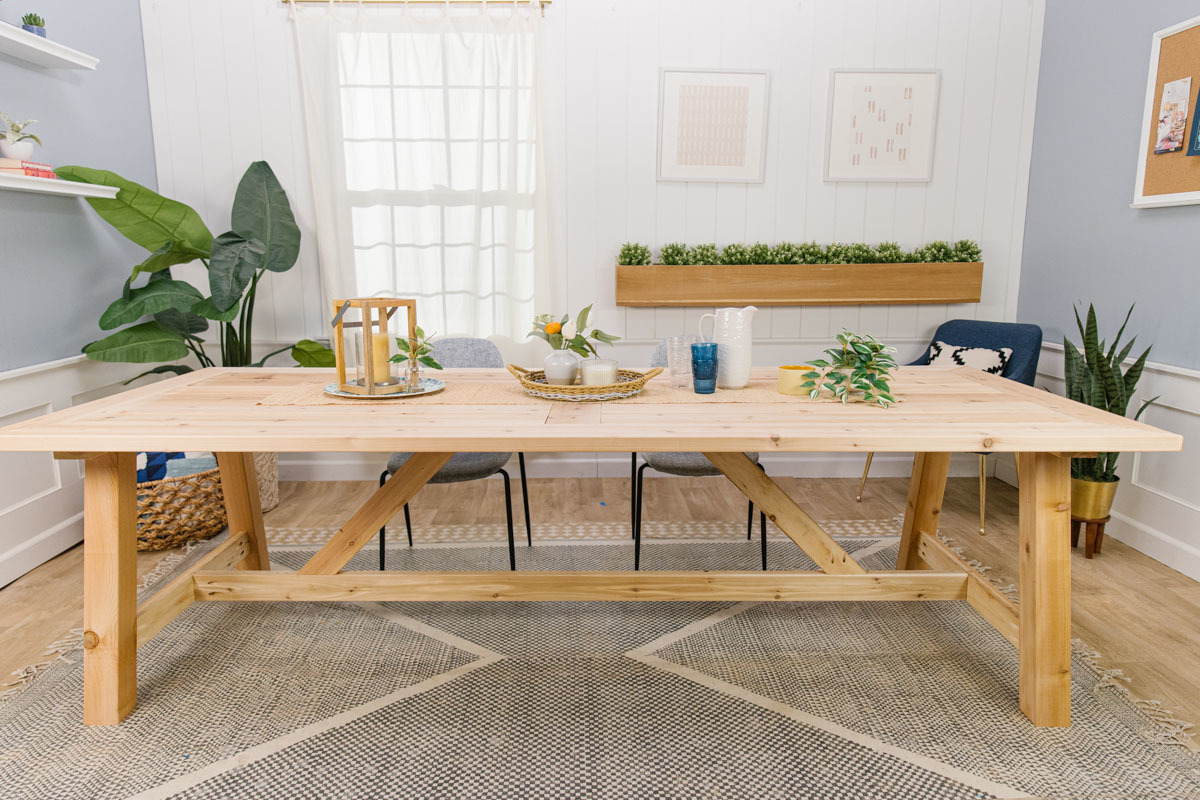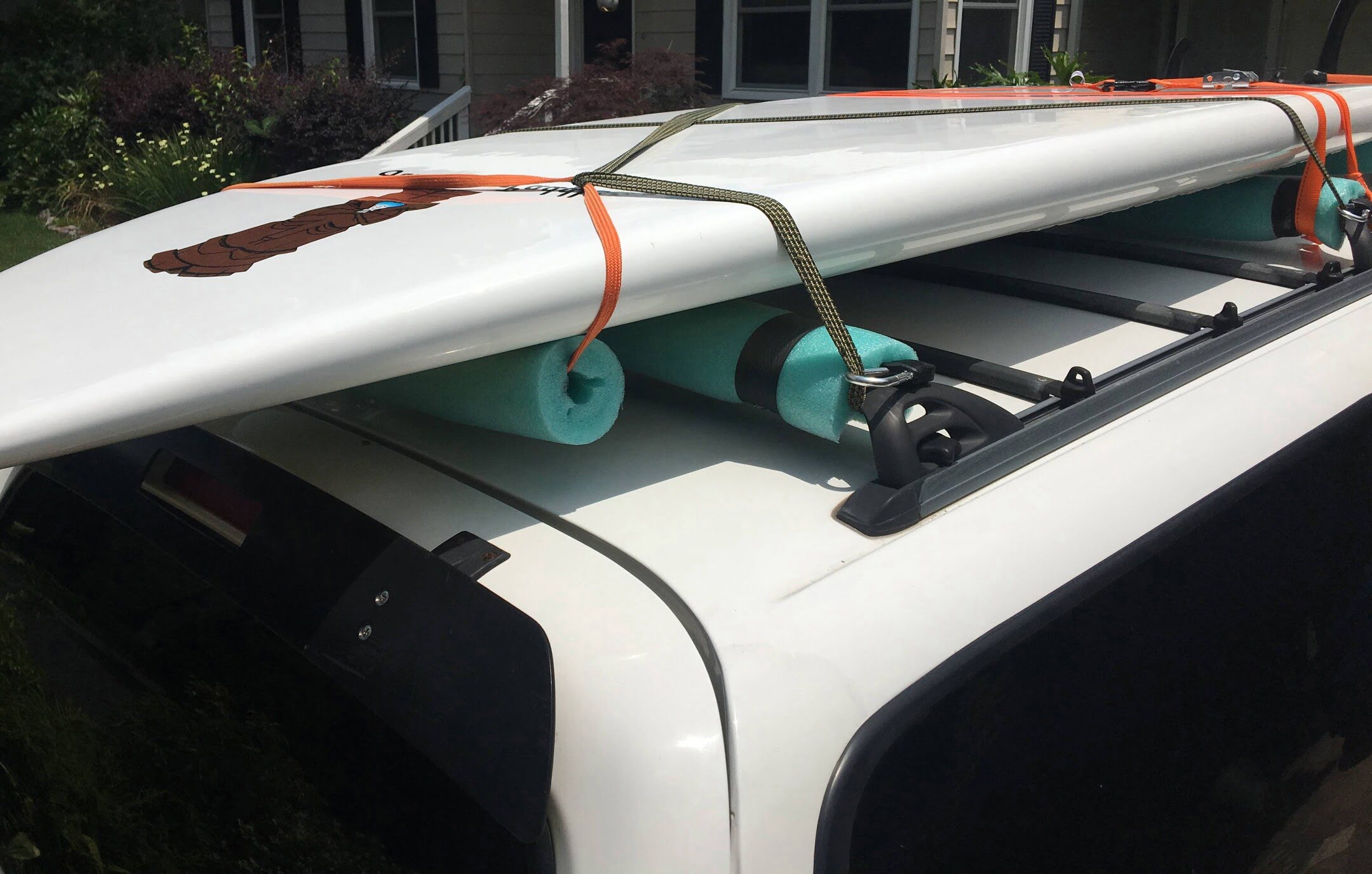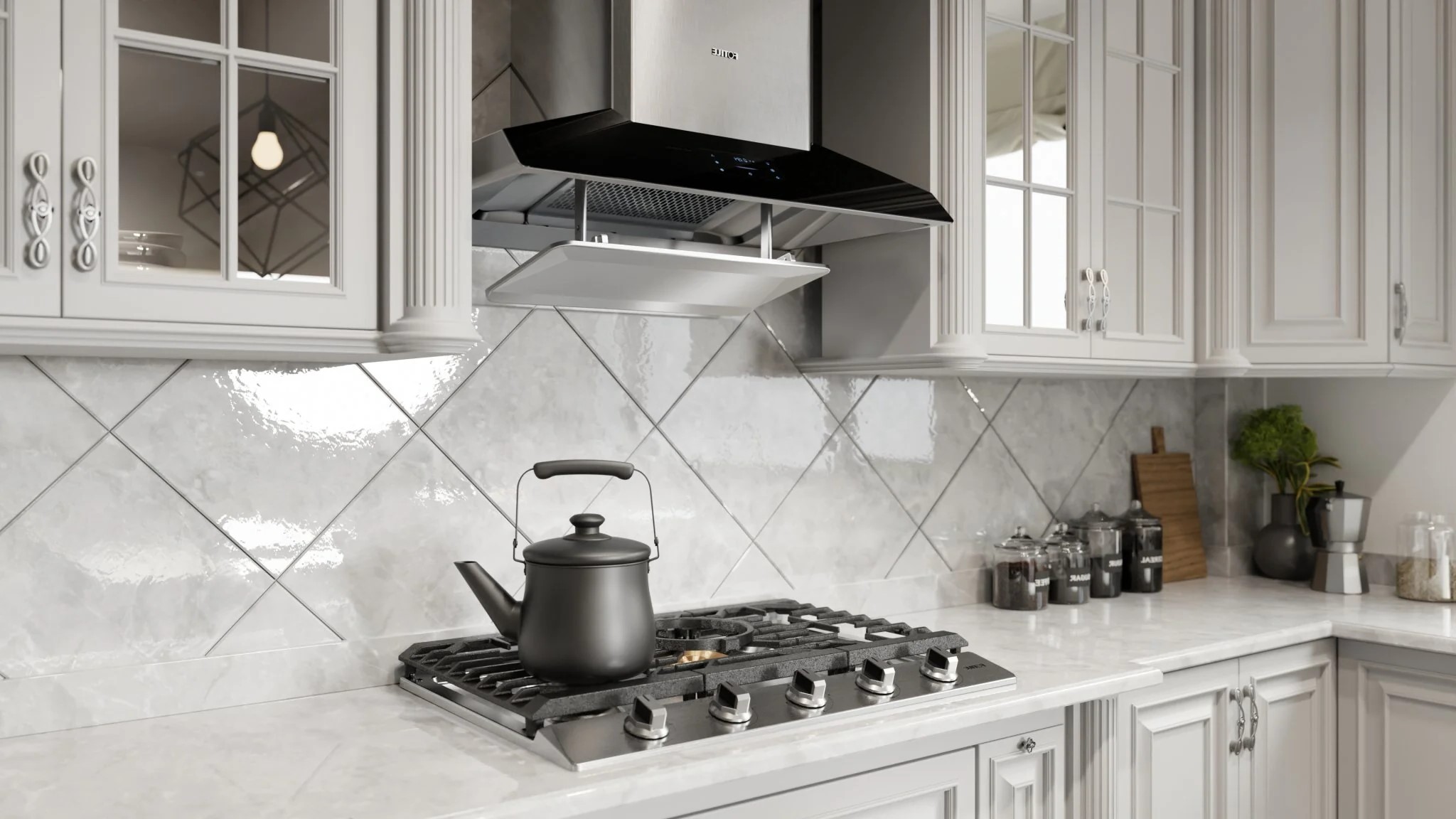Home>Create & Decorate>DIY & Crafts>DIY Sump: A Step-by-Step Guide To Building Your Own Sump
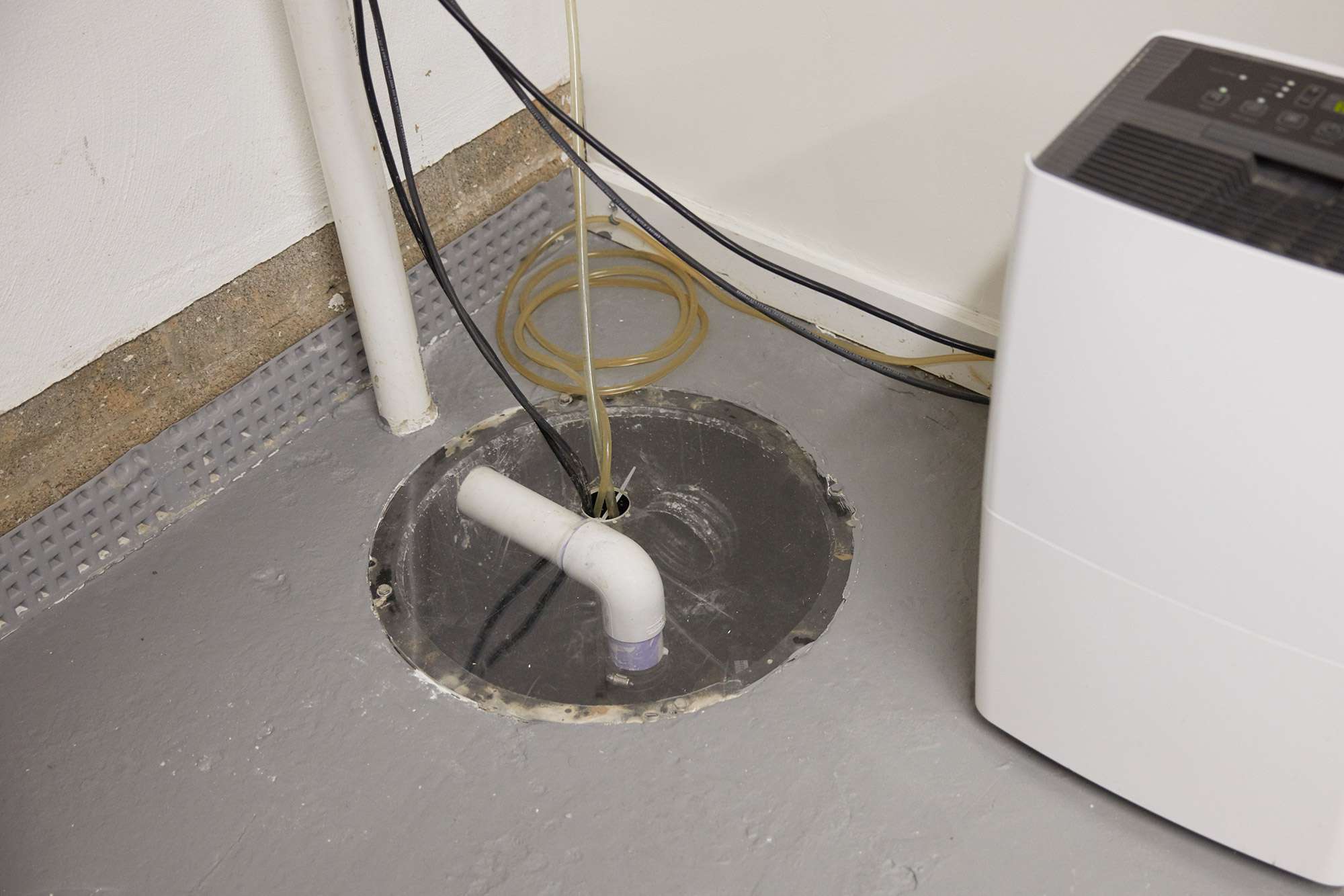

DIY & Crafts
DIY Sump: A Step-by-Step Guide To Building Your Own Sump
Published: June 9, 2024

Content Creator specializing in woodworking and interior transformations. Caegan's guides motivate readers to undertake their own projects, while his custom furniture adds a personal touch.
Learn how to build your own sump with our step-by-step DIY guide. Perfect for DIY & Crafts enthusiasts looking to create their own sump system.
(Many of the links in this article redirect to a specific reviewed product. Your purchase of these products through affiliate links helps to generate commission for Twigandthistle.com, at no extra cost. Learn more)
Introduction
Are you tired of dealing with a flooded basement or a constantly damp crawl space? Building your own sump pump system might just be the solution you need. In this step-by-step guide, we'll walk you through the process of creating your own sump pump to help keep your home dry and free from water damage. Whether you're a seasoned DIY enthusiast or a beginner looking to take on a new project, building a sump pump can be a rewarding and cost-effective way to protect your home from water infiltration. Let's dive in and get started on this exciting DIY endeavor!
Read more: DIY Guide: Basement Bathroom Plumbing
Understanding the Purpose of a Sump
A sump is a pit or reservoir that collects water, typically found in basements or crawl spaces. Its primary purpose is to prevent flooding and dampness by collecting excess water and redirecting it away from the foundation of the building. Here are a few key reasons why a sump is essential for maintaining a dry and secure home:
-
Water Management: A sump helps manage water accumulation, especially during heavy rain or snowmelt, preventing it from seeping into the basement or crawl space.
-
Preventing Structural Damage: By keeping the area beneath your home dry, a sump helps prevent structural damage caused by water infiltration, such as foundation cracks and rot.
-
Mold and Mildew Prevention: Damp environments are breeding grounds for mold and mildew. A sump helps reduce moisture levels, thereby minimizing the risk of mold growth and the associated health hazards.
-
Protecting Belongings: A dry basement or crawl space is essential for storing belongings without the risk of water damage. A sump provides an added layer of protection for your possessions.
Understanding the purpose of a sump is crucial for appreciating its role in safeguarding your home from water-related issues. Now that we've covered the importance of a sump, let's move on to the next step: gathering the necessary materials and tools for building your DIY sump pump system.
Gathering Materials and Tools
Before diving into the construction of your DIY sump pump system, it's crucial to gather all the necessary materials and tools. Here's a comprehensive list to ensure you have everything you need to get started:
Materials:
- Sump Basin: The main container that holds the sump pump and collects water.
- Sump Pump: Choose a reliable pump capable of handling the water volume in your space.
- PVC Piping: For directing water from the sump pump to a safe drainage area.
- Check Valve: Prevents water from flowing back into the sump basin after the pump shuts off.
- Gravel: Used for backfilling around the sump basin to aid in drainage.
- Cement: For securing the sump basin in place and creating a stable foundation.
- Waterproofing Sealant: Helps prevent water seepage and keeps the sump area dry.
- Electrical Wiring and Outlet: Ensure you have the necessary wiring and a nearby outlet for the sump pump.
- Backup Battery: Consider adding a battery backup system to keep the sump pump operational during power outages.
Tools:
- Shovel: For digging the sump pit and creating space for the basin.
- Hacksaw: Used for cutting PVC piping to the required lengths.
- Level: Ensures the sump basin is installed evenly and securely.
- Trowel: Essential for applying cement and creating a smooth, level surface.
- Drill and Bits: For creating access points for piping and securing the sump pump in place.
- Adjustable Wrench: Needed for tightening fittings and connections.
- Safety Gear: Including gloves, goggles, and a dust mask for protection during construction.
By gathering these materials and tools, you'll be well-prepared to embark on the construction of your DIY sump pump system. With everything in hand, you're ready to move on to the exciting phase of building the sump tank.
Read more: DIY Closet Drawer Build Guide
Building the Sump Tank
Building the sump tank is a critical step in creating an effective sump pump system for your home. Follow these steps to construct the sump tank:
-
Prepare the Sump Pit: Begin by excavating a pit in the lowest part of your basement or crawl space. The pit should be deep and wide enough to accommodate the sump basin and allow for proper water collection. Ensure the pit is free from debris and is leveled at the bottom to provide a stable base for the sump basin.
-
Install the Sump Basin: Once the pit is ready, carefully place the sump basin inside. The basin should fit snugly in the pit, with the top rim positioned at ground level. Use a level to ensure the basin is perfectly horizontal. This step is crucial for the proper functioning of the sump pump.
-
Secure the Basin: After positioning the sump basin, fill the surrounding area with gravel to provide support and aid in drainage. Ensure the basin remains stable and does not shift when pressure is applied. Use additional gravel if necessary to achieve a secure fit.
-
Connect the Pump: Install the sump pump inside the basin according to the manufacturer's instructions. Position the pump to allow easy access for maintenance and repairs. Connect the pump to the required electrical supply, ensuring all connections are secure and waterproof.
-
Seal the Sump Pit: To prevent water seepage and maintain a dry sump area, apply a waterproofing sealant to the walls and floor of the pit. This additional layer of protection helps safeguard against moisture and prolongs the lifespan of the sump pump system.
-
Test the System: Once the sump tank is constructed, perform a test run of the sump pump to ensure it activates properly and pumps water out of the basin. Verify that the water is being discharged to a safe location away from the foundation of the building.
By following these steps, you can successfully build the sump tank as a foundational component of your DIY sump pump system. With the sump tank in place, you're ready to proceed with the installation of the sump system and its associated components.
Installing the Sump System
With the sump tank constructed, the next crucial step is to install the sump system, including the pump, piping, and necessary components. Follow these detailed steps to ensure a successful installation:
-
Position the Sump Pump: Place the sump pump inside the sump basin, ensuring it is securely positioned and level. The pump should be at a height that allows for easy access and maintenance. Double-check the manufacturer's guidelines for the recommended positioning and alignment of the pump.
-
Connect the Discharge Pipe: Attach a PVC discharge pipe to the outlet of the sump pump. The pipe should extend from the pump to a safe drainage area, such as a storm drain or a designated area away from the building's foundation. Use a check valve in the discharge line to prevent water from flowing back into the sump basin after the pump shuts off.
-
Secure the Piping: Ensure the discharge pipe is securely fastened and sloped away from the sump pump to facilitate proper drainage. Use pipe hangers or straps to support the piping and prevent sagging or misalignment.
-
Install the Check Valve: Place the check valve in the discharge pipe near the sump pump outlet. The check valve prevents water from returning to the sump basin, maintaining the efficiency of the sump system.
-
Connect the Electrical Supply: Carefully connect the sump pump to the electrical supply, following all safety protocols and local electrical codes. Use a ground fault circuit interrupter (GFCI) outlet to enhance electrical safety in damp environments.
-
Backup Battery Installation: If you opt for a backup battery system, install it according to the manufacturer's instructions. The backup battery ensures the sump pump remains operational during power outages, providing continuous protection against water accumulation.
-
Test the Sump System: Once the sump pump and associated components are installed, conduct a comprehensive test of the entire sump system. Activate the pump and observe the water discharge to ensure it flows away from the building as intended. Test the backup battery system to verify its functionality during a simulated power outage.
By meticulously following these steps, you can effectively install the sump system as a vital component of your DIY sump pump setup. With the sump system in place, you're ready to proceed with adding essential components and accessories to enhance the functionality and efficiency of the sump pump system.
Adding Components and Accessories
Once the sump system is installed, you can enhance its functionality and efficiency by adding specific components and accessories. These additional elements can further optimize the performance of your DIY sump pump system. Here are the essential components and accessories to consider incorporating:
Sump Pump Cover
Installing a sump pump cover provides several benefits. It helps prevent debris from falling into the sump basin, reducing the risk of clogging the pump or interfering with its operation. Additionally, a cover helps minimize moisture evaporation, which can be particularly beneficial in humid environments. Choose a durable and properly fitted cover to maximize its protective advantages.
Read more: How to Build DIY Door Casing
Water Alarm
A water alarm is a valuable addition to your sump pump system, providing an early warning system for potential water accumulation. When water levels in the sump basin rise to a certain point, the alarm is triggered, alerting you to a potential issue. This proactive notification can help you address water-related concerns promptly, preventing potential flooding and water damage.
Sump Pump Stand
Elevating the sump pump with a stand can be advantageous, especially in areas prone to sediment or debris accumulation. By raising the pump above the bottom of the sump basin, a stand helps prevent clogging and extends the pump's lifespan. Ensure the stand is stable and securely positioned to support the weight of the pump.
Sump Pump Check Valve
While the sump pump system installation likely included a check valve, it's essential to periodically inspect and replace it if necessary. The check valve prevents water from flowing back into the sump basin after the pump shuts off, maintaining the pump's efficiency. Regular maintenance and replacement of the check valve can help prevent potential system malfunctions.
Additional Drainage Channels
In some cases, incorporating additional drainage channels or French drains around the perimeter of the basement or crawl space can complement the sump pump system. These channels help redirect surface water away from the foundation, reducing the overall water pressure on the sump pump and enhancing its effectiveness.
Read more: DIY Door Building Guide
Backup Sump Pump
Consider installing a backup sump pump to provide an extra layer of protection in the event of primary pump failure or overwhelming water volume. Backup pumps can be battery-operated or water-powered, offering peace of mind during power outages or primary pump malfunctions.
By adding these components and accessories to your DIY sump pump system, you can bolster its resilience and performance, ensuring your home remains safeguarded against potential water-related issues. With these enhancements in place, your sump pump system is poised to deliver reliable and effective water management for years to come.
Testing and Troubleshooting
Ensuring the proper functionality of your DIY sump pump system is crucial for maintaining a dry and secure home environment. Testing the system and addressing potential issues through troubleshooting are essential steps in the sump pump installation process. Here's a comprehensive guide to testing and troubleshooting your sump pump system:
Initial System Test
-
Manual Activation: Begin by manually activating the sump pump to verify its operational readiness. Pour water into the sump basin until the float or sensor triggers the pump to turn on. Observe the pump's performance as it removes the water from the basin and discharges it through the drainage system.
-
Automatic Activation: After the manual test, allow the sump pump to cycle automatically. Monitor its response to rising water levels and ensure it activates and discharges water as intended. This test confirms the pump's ability to function autonomously when water infiltration occurs.
Power Outage Simulation
-
Backup System Test: If your sump pump includes a backup battery or secondary pump, simulate a power outage to assess the effectiveness of the backup system. Disconnect the primary power source and observe the backup system's performance in maintaining water management capabilities.
-
Battery Health Check: For battery-operated backup systems, periodically check the battery's health and charge status. Ensure the battery is adequately charged and capable of sustaining the sump pump's operation during extended power outages.
Read more: How to Build DIY Window Security Bars
Troubleshooting Common Issues
-
Check Valve Inspection: Inspect the check valve for any signs of blockage or malfunction. A faulty check valve can lead to water backflow, reducing the efficiency of the sump pump system. Clean or replace the check valve if necessary to maintain optimal functionality.
-
Pump Maintenance: Regularly inspect the sump pump for debris accumulation or mechanical issues. Clean the pump intake and impeller to prevent clogging and ensure smooth operation. Lubricate moving parts as recommended by the manufacturer to prolong the pump's lifespan.
-
Electrical System Evaluation: Verify the integrity of the electrical connections and wiring associated with the sump pump. Check for any signs of damage, corrosion, or loose connections. Ensure the electrical components are properly grounded and comply with safety standards.
-
Water Discharge Assessment: Monitor the water discharge from the sump pump to confirm it is directed away from the building's foundation. Address any drainage issues or obstructions that may impede the efficient removal of water from the sump basin.
Periodic Testing and Maintenance
-
Scheduled Testing: Establish a regular testing schedule for the sump pump system, including both manual and automatic activation tests. Periodic testing helps identify potential issues early and ensures the system remains operational when needed.
-
Maintenance Records: Keep detailed records of sump pump maintenance, including test results, component inspections, and any troubleshooting actions taken. Maintaining comprehensive records facilitates proactive maintenance and troubleshooting in the future.
By diligently conducting system tests, addressing potential issues through troubleshooting, and implementing regular maintenance practices, you can ensure the reliability and effectiveness of your DIY sump pump system. Proactive testing and troubleshooting contribute to a proactive approach to water management, safeguarding your home against potential water-related challenges.
Maintenance and Upkeep
Maintaining and upkeeping your DIY sump pump system is essential for ensuring its long-term functionality and reliability. By implementing regular maintenance practices, you can mitigate potential issues and prolong the lifespan of the sump pump and its associated components. Here's a comprehensive guide to the maintenance and upkeep of your sump pump system:
Regular Inspections
Perform routine visual inspections of the sump pump and the sump basin to identify any signs of wear, damage, or debris accumulation. Check for the following:
- Pump Intake: Ensure the pump intake is free from debris and sediment buildup, which can impede the pump's performance.
- Float Switch: Test the float switch to verify its smooth operation and responsiveness to water level changes.
- Electrical Connections: Inspect the electrical connections for any signs of corrosion, loose wiring, or damage. Address any issues promptly to prevent electrical malfunctions.
Read more: How to Build a DIY Garage Door
Cleaning and Maintenance
Regularly clean and maintain the sump pump and its components to prevent clogging and ensure optimal functionality. Consider the following maintenance tasks:
- Debris Removal: Clear any debris, dirt, or sediment from the sump basin and the pump intake to prevent clogging and obstruction.
- Impeller Inspection: Check the impeller for any debris or obstructions that may affect the pump's efficiency. Clean the impeller as needed to maintain smooth operation.
- Lubrication: If applicable, lubricate the pump's moving parts according to the manufacturer's recommendations to reduce friction and wear.
Battery Backup System
If your sump pump includes a backup battery system, regularly assess the battery's condition and charge status. Implement the following maintenance practices:
- Battery Health Check: Periodically test the backup battery to ensure it is adequately charged and capable of sustaining the pump's operation during power outages.
- Battery Replacement: Plan for battery replacement as needed to maintain the reliability of the backup system, especially if the battery's performance diminishes over time.
Testing and Record-Keeping
Establish a regular testing schedule for the sump pump system and maintain detailed records of maintenance activities and test results. Consider the following practices:
- Scheduled Testing: Conduct periodic tests of the sump pump system, including manual and automatic activation tests, to verify its operational readiness.
- Maintenance Records: Keep comprehensive records of maintenance activities, including component inspections, cleaning, and any troubleshooting actions taken. Maintain a log of test results and system performance.
Professional Maintenance
Consider scheduling professional maintenance and inspection of your sump pump system to ensure thorough assessment and servicing. Professional maintenance may include:
- Annual Inspections: Engage a qualified technician to perform annual inspections of the sump pump, including a comprehensive assessment of its components and functionality.
- Component Replacement: If necessary, seek professional assistance for component replacement, such as the sump pump or check valve, to ensure proper installation and functionality.
By adhering to these maintenance and upkeep practices, you can proactively preserve the efficiency and reliability of your DIY sump pump system. Regular inspections, cleaning, testing, and professional maintenance contribute to a robust and resilient sump pump setup, providing continuous protection against water infiltration and safeguarding your home's foundation and interior spaces.
Read more: How to Build a Stylish DIY Sideboard
Conclusion
In conclusion, building your own sump pump system through DIY methods offers a cost-effective and rewarding solution for safeguarding your home against water-related issues. By understanding the purpose of a sump and following the step-by-step guide provided, you can create a reliable and efficient water management system tailored to your specific needs. From gathering the necessary materials and tools to constructing the sump tank, installing the sump system, adding components and accessories, and conducting thorough testing and maintenance, each stage contributes to the overall effectiveness of your DIY sump pump setup.
By embracing proactive maintenance practices and regular system testing, you can ensure the long-term functionality and resilience of your sump pump system. Whether you're a seasoned DIY enthusiast or a beginner looking to take on a new project, the process of building a sump pump can be both educational and empowering. With a well-constructed and well-maintained sump pump system in place, you can enjoy a dry and secure home environment, free from the risks of flooding, structural damage, and moisture-related issues. Embrace the DIY spirit and take on the challenge of building your own sump pump to protect your home for years to come.

